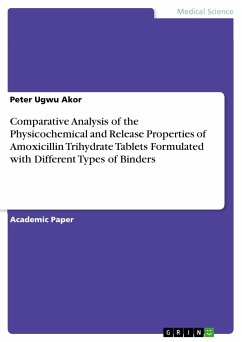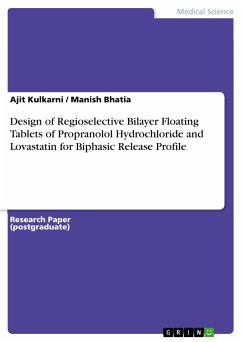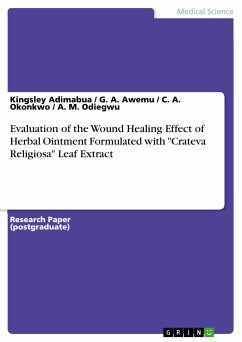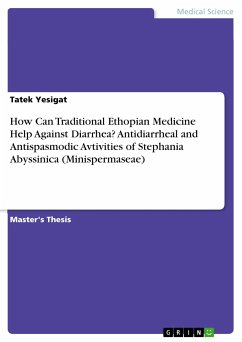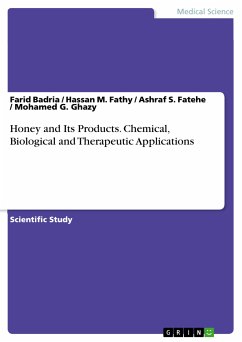Master's Thesis from the year 2010 in the subject Medicine - Pharmacology, Pharmacy, University of Dhaka (M. Pharm, in Pharmaceutical Technology), language: English, abstract: The aim of the present studies was to develop and characterize 2.6 mg sustained release matrix tablets of Nitroglycerin. Tablets were prepared by direct compression method. Methocel K15M CR and Methocel K100LV CR polymers were used as rate retarding agents in nine formulations (F-1 to F-9). The granules were evaluated for angle of repose, loose bulk density, tapped bulk density, Carr’s index, Hausner ratio, moisture content, total porosity and assay. The tablets were subjected to diameter, thickness, assay, uniformity of content, assay after 1Month at 40°C+75%RH, hardness, friability, and in vitro dissolution studies. The granules showed satisfactory flow properties, compressibility, and drug content. All the tablet formulations showed acceptable pharmacotechnical properties and complied with pharmacopoeial specifications for tested parameters. The in vitro dissolution study was carried out for 8 hour using USP-2009 Apparatus-I (Rotating basket method) in distilled water as the dissolution medium. The release mechanisms were explored and explained by Zero order, First order, Higuchi, Korsmeyer-Peppas and Hixson-Crowell equations. Nine formulations were prepared by using three variable ratio of two polymers; Methocel K15M CR (25%, 20% and 15%) and Methocel K100LV CR (15%, 10% and 5%) where all the formulations (F-1 to F-9) contained 0.5% colloidal silicon dioxide and 1% magnesium stearate. Among these nine formulations, six formulations; F-2 (Methocel K15M CR: Methocel K100LV CR = 25% : 10%), F-3 (Methocel K15M CR : Methocel K100LV CR = 25% : 5%), F-4 (Methocel K15M CR : Methocel K100LV CR = 20% : 15%) F-5 (Methocel K15M CR: Methocel K100LV CR = 20% : 10%), F-6 (Methocel K15M CR : Methocel K100LV CR = 20% : 5%) and F-7 (Methocel K15M CR : Methocel K100LV CR = 15% : 15%) met the official specification of release profile. It was also found that the type and the amount of polymers significantly affect the time required for 50% (T50% or MDT) of drug release, release rate constant and diffusion exponent. Higher the MDT value indicates a higher drug retaining capacity of the polymers and vice-versa. Kinetic modeling of in vitro dissolution profiles revealed the drug release mechanism of all proposed formulations followed anomalous type or non-Fickian transport (n>0.43 and n<0.85). These studies explored both of the optimum concentration and effect of polymers on Nitroglycerin release pattern from the tablet matrix for 8 hour period.



